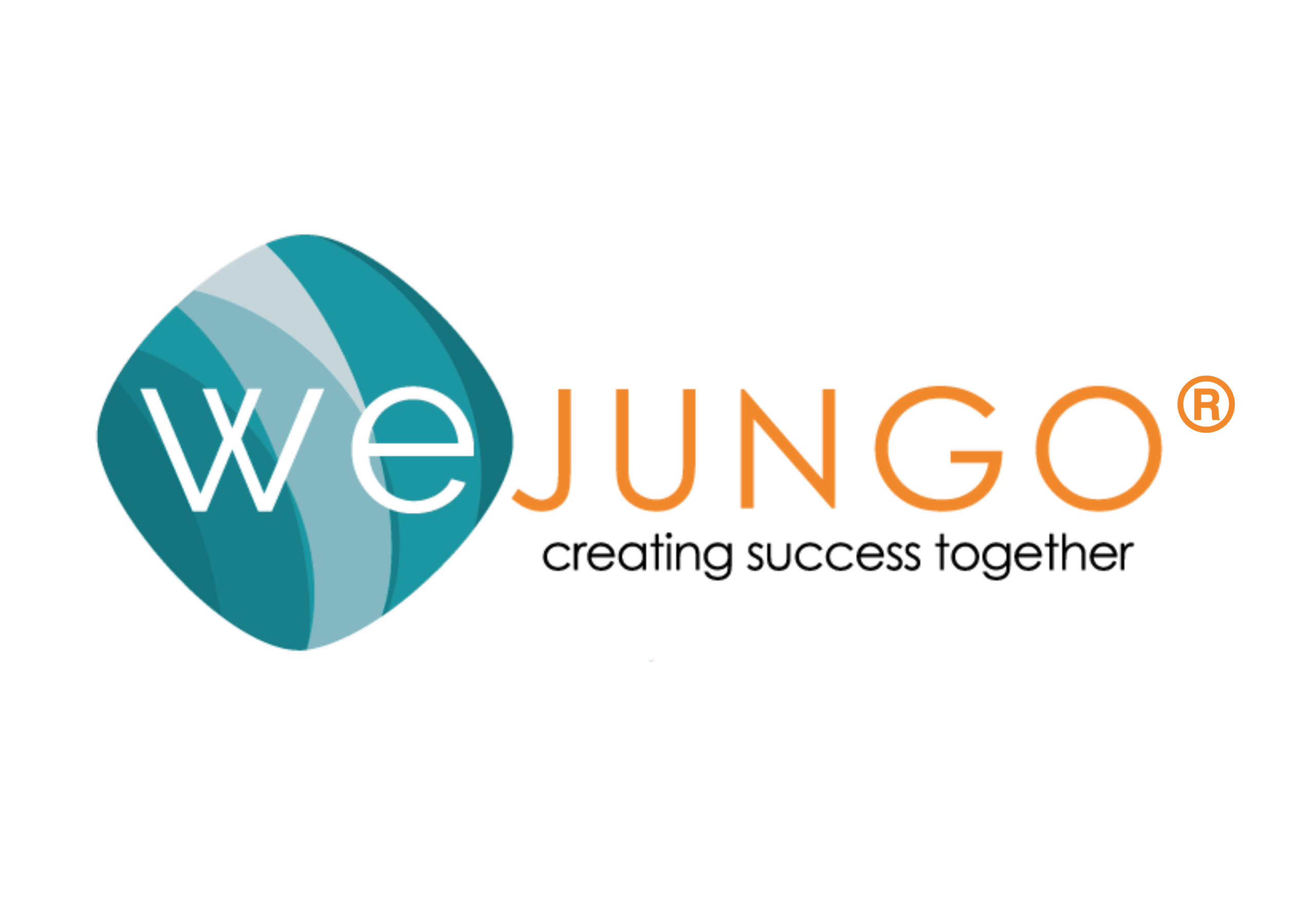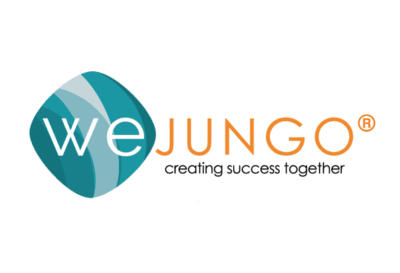Remote Companies Build Organizational Culture from Anywhere
Brett Putter, CEO of CultureGene and author of Own Your Culture: How to Define, Embed and Manage your Company Culture, interviewed 500 CEOs that claimed their culture was embedded into their organization. Only 50 CEOs were able to explain how. In the Anywhere podcast hosted by Mitch Simon and Ginny Bianco-Mathis, Putter shared ways to build organizational culture from anywhere. Below are some of his tips!
Culture
In-office environments facilitate culture by simply being in the same space. Virtual work environments do not have that luxury, it does not happen automatically. Putter states that this makes it even more of a necessity to put effort into designing, maintaining, and building an intentional company culture.
Tip #1: Overcommunicate your mission, values, and culture
Try coming up with new ways to send your message to the team. An employee who feels engaged and inspired is 125% more productive (Bain & Company’s Time. Talent. Energy). Send a team wide email, do something fun at each meeting, or do a video chat lunch!
Tip #2: Successful work culture is deliberate
Successful work culture is deliberate and touches every part of an organization. This means that the culture is embedded in every process and function in an organization. An employee handbook is often the first piece of an organization your new hires see. Embedding culture into these books are vital. It may also be useful to input a “get to know you” section with fellow employees’ pictures as well so your new hire can get to know the team.
Communication Is Different
Working from homes means that not everyone is working at the same time. If they are, their email notifications might be off, their phone might be muted, or their child is screaming loudly in the room next to their office. Whatever the reason, synchronous communication is rare, and Putter even suggests that it is a hinderance.
Tip #3: Encourage asynchronous communication
Asynchronous communication allows for messages to be transferred and received as one’s schedule permits. This type of communication allows for all types of work schedules and adds to the idea of flexible hours. Asynchronous communication allows for the night owls to collaborate with the early birds and collaborate effectively. What works for one mind, does not work for all minds.
Tip #4: Ask your team what works for them
Find out what works for your team, and ask questions to uncover the best methods or new approaches. How can this be done without a meeting? How can we track this projects progress without a meeting? How do we move meetings to email or messages with the right amount of context?
Tip #5: Lead by example
Stick with your new methods! Once a new process is created, keep everyone accountable and stick to it yourself. In Quantum Workplace’s report, 60% of employees said managers are most responsible for implementing employee engagement strategies.
Written Processes
Asynchronous communications means immediate responses to questions become difficult. That is why clearly documented processes are so important.
Tip #6: Create Standard Operating Procedures for everything!
According to Putter only 20-40% of processes are documented in an in-office culture. That might work for in-office settings, but when you can’t lean over to ask Becky across the hall a question, documented processes can create consistency across your brand, reduce errors, enhance productivity, reduce training time, and transfer work easily. Not only will these documents help set expectations, but they can also cut down on the back and forth of solving an issue.
Meetings
Meetings can be daunting, and it is even more difficult to encourage engagement when you are not all together in person. Here are some of Putter’s suggestions for increasing efficiency and engagement in meetings:
Tip #7: Make Pre-work Mandatory
Successful meetings have prepared participants! Pre-work for every meeting can ensure everyone is engaged and prepared. This can mean something as small as reviewing the meetings agenda or as big as creating a document to review in the meeting. This meeting statistics article by Booqed, a company that provides a digital platform for flexible workplace meetings, mentions that 72% of professionals believe that setting clear objectives is what makes a meeting successful. Agendas for each meeting will allow all participants to stay on track, cover every topic, and formulate questions before the meeting begins.
Tip #8: Send a meeting recap
Sending a recap email after a meeting will not only help keep a record, but it will also help create a sense of accomplishment for the participants according to Putter.












